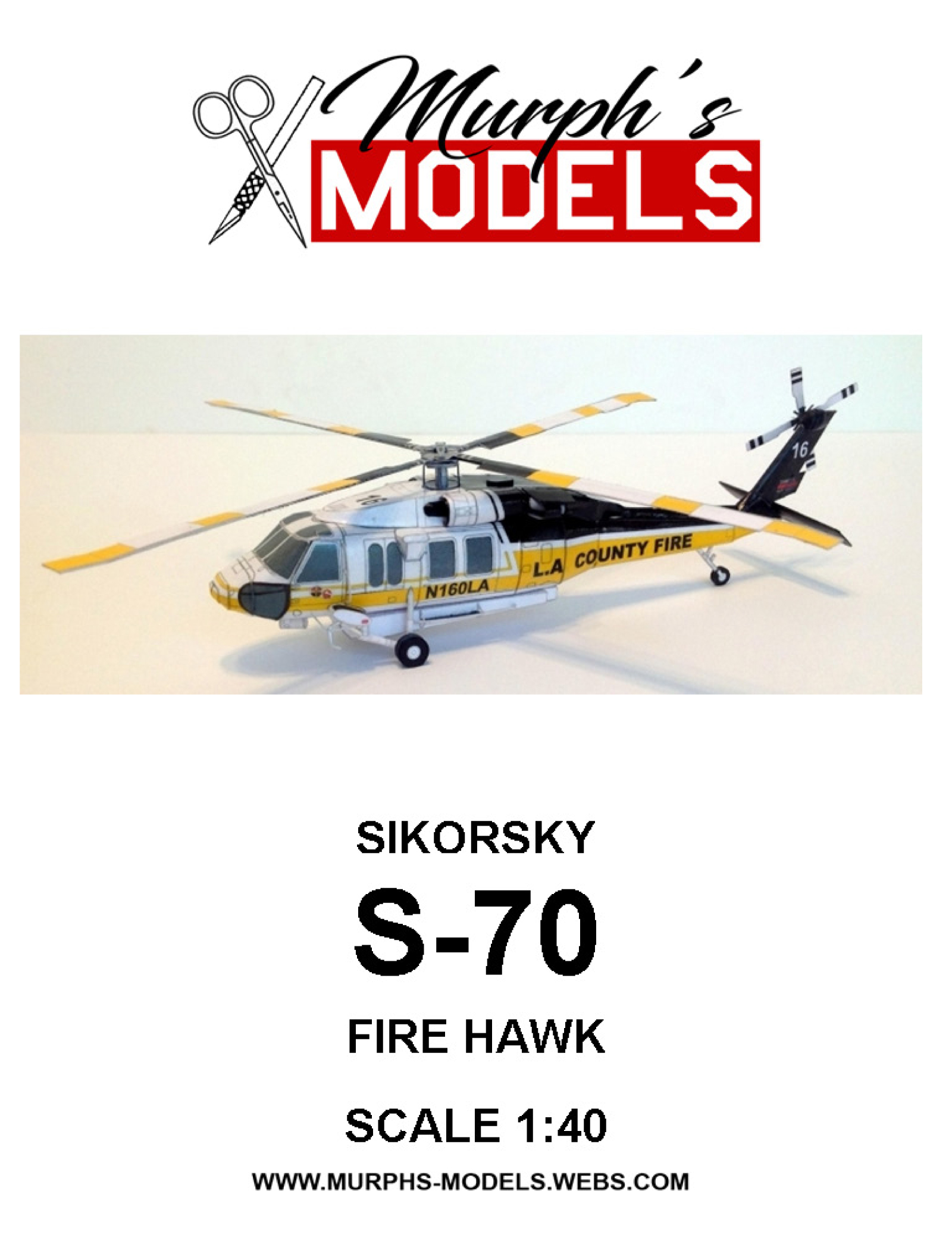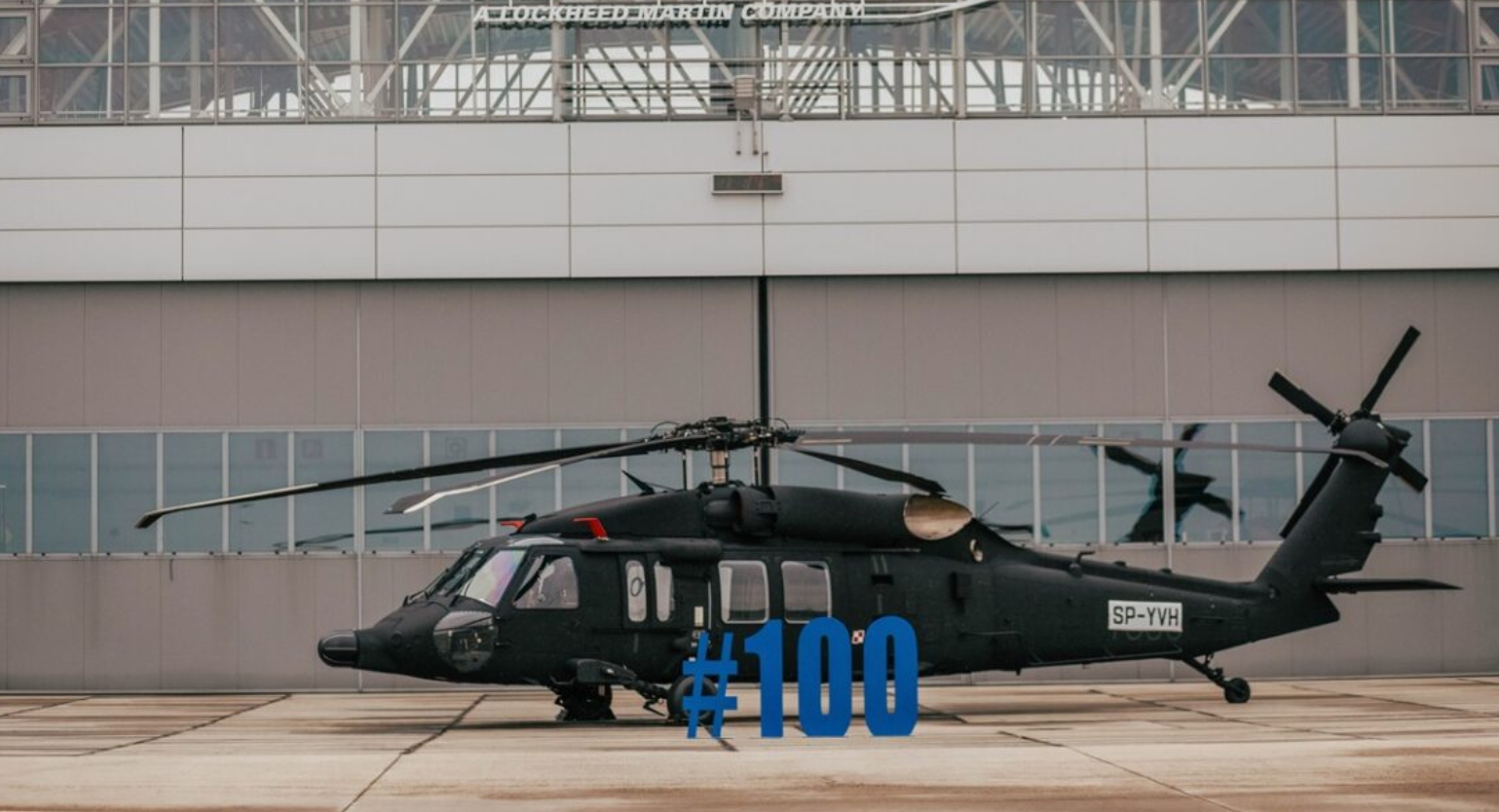Sikorsky S 70: Enhancing Helicopter Effectiveness and Convenience
Sikorsky S 70: Enhancing Helicopter Effectiveness and Convenience
Blog Article
High-Performance Multi-Role Rotorcraft Featuring Advanced Cabin Technologies and Integrated Sensing Unit Equipments
The world of rotorcraft technology has seen significant advancements in recent times, especially in the realm of high-performance multi-role rotorcraft outfitted with advanced cabin technologies and flawlessly integrated sensor systems. These advancements have not just boosted the functional capabilities of rotorcraft yet have likewise considerably impacted modern aviation procedures on numerous fronts. From boosted goal adaptability to enhanced operational efficiency, the merging of innovative cockpit innovations and integrated sensing unit systems has ushered in a brand-new age of possibilities for rotorcraft applications. In the following conversation, we will certainly check out the evolution of rotorcraft innovation, look into the realm of advanced cockpit innovations, and analyze the implications of integrated sensing unit systems on the functional adaptability and performance of modern-day rotorcraft.
Evolution of Rotorcraft Modern Technology
The evolution of rotorcraft innovation has actually been marked by substantial innovations in aerodynamics, products, and propulsion systems, shaping the capacities and performance of modern-day rotorcraft. Additionally, advancements in propulsion systems, consisting of extra powerful engines and innovative propulsion technologies, have allowed rotorcraft to accomplish higher elevations, faster rates, and better hauls.
These advancements have not only changed the capabilities of rotorcraft but have likewise expanded their applications throughout numerous markets, including army, industrial, and emergency services. The continual development of rotorcraft innovation continues to drive development in the field, pressing the limits of what is possible and shaping the future of upright flight.
Advanced Cabin Innovations
Structure upon the foundational developments in aerodynamics, products, and propulsion systems, the realm of rotorcraft technology currently moves emphasis in the direction of pioneering Advanced Cabin Innovations. The assimilation of sophisticated modern technologies within the cabin setting plays an important function in improving the operational capabilities, safety, and efficiency of modern rotorcraft. sikorsky s 70. Advanced Cabin Innovations include a broad array of features developed to provide pilots with enhanced situational recognition, structured data administration, and intuitive control interfaces
Among the key advancements in cabin layout is the execution of glass cockpits, which replace conventional analog determines with high-resolution display screens. These electronic systems provide personalized designs, real-time information integration, and enhanced readability, enabling pilots to accessibility important info at a glance. Moreover, progressed avionics systems, such as fly-by-wire controls and increased truth screens, are revolutionizing just how pilots communicate with the aircraft, enabling precise control and enhanced decision-making capacities.


Incorporating sophisticated cabin advancements not just enhances pilot efficiency yet also adds to general mission performance and safety and security in complicated operational settings. By leveraging state-of-the-art technologies within the cabin, rotorcraft manufacturers are setting brand-new requirements for operational excellence and mission success.
Integrated Sensor Solutions
With the evolution of rotorcraft modern technology, the integration of innovative Integrated Sensor Equipment has actually ended up being critical in boosting operational performance and safety. These Integrated Sensing unit Systems include a wide variety of technologies that give critical information for different features such as navigation, monitoring, targeting, and ecological monitoring. By effortlessly incorporating sensors like radars, cameras, lidar, and infrared systems right into rotorcraft, drivers can gain from enhanced situational recognition, enhanced mission abilities, and lowered pilot workload.
One secret benefit of Integrated Sensing unit Systems is their capacity to gather real-time data and give actionable understandings to pilots and mission drivers. As an example, advanced radar systems can spot and track targets over fars away, enabling early danger discovery and effective feedback planning. In addition, integrating electro-optical and infrared electronic cameras makes it possible for rotorcraft to conduct reconnaissance and monitoring objectives with accuracy and precision.
Basically, the assimilation of advanced sensor innovations right into rotorcraft not just boosts functional effectiveness however likewise adds substantially to total goal success and crew security. As rotorcraft continue to develop, the function of Integrated Sensor Systems will unquestionably continue More Help to be at the forefront of innovation in the aerospace sector.
Functional Adaptability and Effectiveness
Enhancing operational convenience and performance in rotorcraft is an all-natural progression from the integration of innovative Integrated Sensing unit Equipments. By leveraging the information and understandings given by these advanced sensing unit systems, rotorcraft can optimize their performance across various objectives and environments.
Functional convenience incorporates the capacity of rotorcraft to adapt to different functions and scenarios efficiently. With advanced cockpit innovations and integrated sensing unit systems, rotorcraft can seamlessly transition in between jobs such as search and rescue, clinical evacuation, monitoring, and much more. This flexibility boosts the rotorcraft's capacity to fulfill varied functional demands without requiring substantial reconfiguration.
Effectiveness in rotorcraft procedures is critical for making best use of goal efficiency and resource application. Integrated sensing unit systems play a critical duty in improving operational effectiveness by offering real-time information on weather, surface mapping, target monitoring, and much more. This data enables pilots to make informed decisions promptly, maximize trip paths, preserve gas, and improve overall goal performance.
Effect On Modern Aviation Procedures

In addition, the assimilation of sophisticated sensors helps with boosted objective planning and implementation, allowing rotorcraft to do a large array of jobs with boosted precision. From search and rescue procedures to aerial firefighting and police missions, the capabilities of contemporary rotorcraft equipped with sophisticated cockpit innovations and integrated sensing unit systems are unparalleled.
Moreover, the effect of these other innovations extends past operational effectiveness to click here to read cost-effectiveness and sustainability. By enhancing flight paths, fuel usage, and upkeep routines, high-performance rotorcraft furnished with advanced cockpit technologies and sensors contribute to reducing operational costs and environmental effect, making them indispensable possessions in contemporary air travel procedures.
Final Thought
Finally, the high-performance multi-role rotorcraft with innovative cabin technologies and integrated sensing unit systems stands for a substantial evolution in aviation technology. These developments enhance operational convenience and performance, eventually affecting contemporary aviation procedures in a positive method. The assimilation of these innovative technologies enables improved capacities and performance in different goal scenarios, showcasing the continued improvement of rotorcraft innovation in the aviation industry.
The world of rotorcraft technology has seen noteworthy advancements in recent times, particularly in the realm of high-performance multi-role rotorcraft equipped with sophisticated cabin technologies and effortlessly integrated sensor systems. From boosted mission flexibility to improved functional effectiveness, the convergence of innovative cabin innovations and integrated sensing unit systems has ushered in a brand-new age of opportunities for rotorcraft applications. In the following discussion, we will certainly explore the evolution of rotorcraft modern technology, dig into the world of sophisticated cockpit technologies, and analyze the effects of integrated sensor systems on the functional flexibility and effectiveness of contemporary rotorcraft.

Report this page